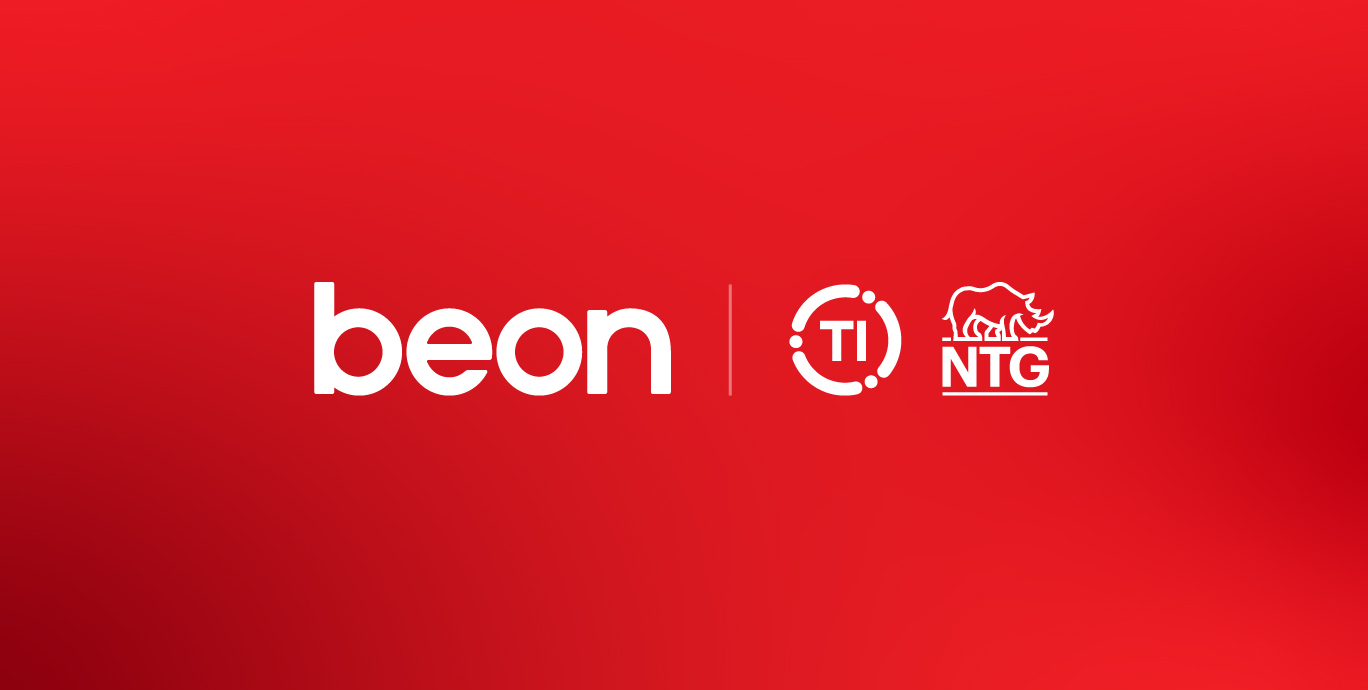Navigate Shipping and Freight Challenges Amid Tariff Changes
Apr 09, 2025
Navigate Shipping and Freight Challenges Amid Tariff Changes
Tariff policy is once again front and center—and this time, the changes are sweeping, stacking and shifting cost structures across the supply chain. Whether you’re moving freight from Southeast Asia, importing auto parts or running high-volume retail distribution, new layers of duties and restrictions are likely affecting your bottom line.
For shippers, the message is clear: expect more complexity, more cost and more urgency to act.
At NTG, we specialize in navigating challenges just like this. And while policy may change, one thing doesn’t: the need for a smart, flexible freight strategy.
Key Tariff Shifts Impacting Shippers
1. A Universal Tariff Floor
Across-the-board tariffs on imports are creating a new cost baseline. This affects everything from final-mile consumer goods to raw materials fueling U.S. manufacturing. Tariff stacking—layering new fees on top of existing ones—means importers must quickly reassess landed cost assumptions.
2. Region-Specific Reciprocity
New rules aim to “level the playing field” by matching the trade barriers imposed on U.S. exports. The result? Additional penalties on goods from countries that have become popular sourcing alternatives to China. Some key materials and components are exempt, but for many shippers, these tariffs are an unexpected hit to margins.
3. Closure of De Minimis Loopholes
The end of certain duty-free thresholds—especially for low-value shipments—raises costs and introduces new customs scrutiny. E-commerce and direct-to-consumer importers will feel this first, but the impact ripples across all modes and industries.
4. Targeted Tariffs on Autos and Components
Significant tariffs on foreign vehicles and auto parts are shifting sourcing decisions and introducing new urgency to rethink inventory and procurement timelines.
What This Means for Your Freight Strategy
These changes aren’t just a pricing issue, they impact how and where you move freight. Here’s what forward-thinking shippers are doing now:
Reevaluating Carrier Mix and Contract Terms
A volatile cost environment calls for flexibility. Shippers are reassessing which lanes and partners give them the best adaptability, especially for high-volume import routes.
Tracking Landed Cost Across the Supply Chain
Knowing what it costs to deliver at the SKU or shipment level is more important than ever. Tariff stacking, port delays and customs slowdowns all play a role in total cost-to-serve.
Planning for Disruption and Capacity Shifts
Policy changes create ripple effects—carrier availability, fuel costs and customs congestion can all shift fast. Having a partner that can adapt routing and mode options in real time gives shippers a competitive edge.
How NTG Helps Shippers Navigate Tariff Volatility
At NTG, we turn complexity into action. Whether you’re absorbing new costs, reworking supply chain flows or needing better visibility across your network, our team is here to help you adapt quickly and move with confidence.
- Flexible contract and spot market strategies to match real-time conditions
- Custom routing and optimization to avoid congestion and delays
- Data-driven cost visibility to inform better decisions
- Scalable support to flex with demand and disruption
Let’s Talk About Your Freight Strategy
If tariff changes are tightening your margins or creating unexpected delays, you don’t have to manage it alone. Connect with NTG to build a smarter, more resilient plan for whatever comes next.
Recent Posts

Stay in the Know: Carrier Trends & Market Updates

Q4 2025 Transportation Outlook


